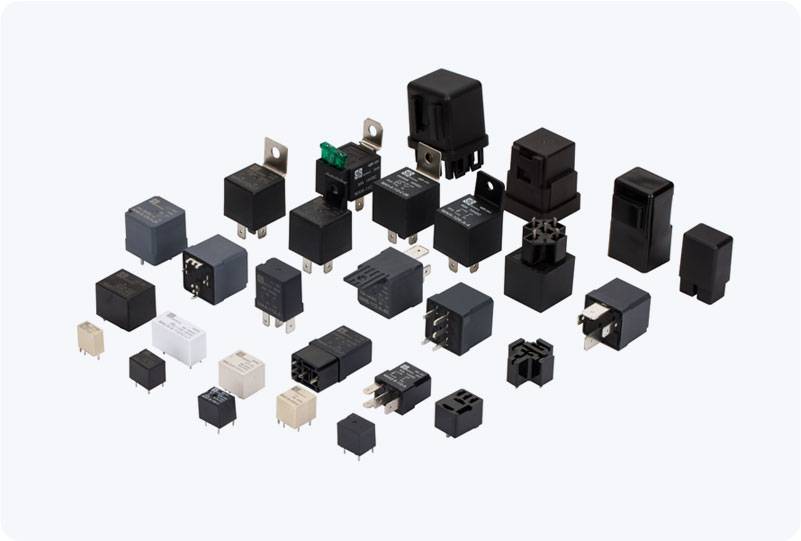Power Distribution Relay plays a pivotal role in ensuring the safety, efficiency, and reliability of modern electrical power systems. These devices are essential for safeguarding electrical networks from faults, optimizing energy distribution, and ensuring that power is supplied to consumers without interruptions. As the complexity of power grids increases and the demand for uninterrupted power grows, the importance of power distribution relays in modern infrastructure cannot be overstated.

Understanding Power Distribution Relay A Power Distribution Relay is an advanced protection and control device used in electrical distribution systems to detect faults and abnormal operating conditions. It constantly monitors parameters such as current, voltage, and frequency. When it detects any anomalies, such as short circuits, overloads, or voltage fluctuations, the relay quickly sends a signal to the circuit breaker to disconnect the faulty section, preventing further damage and ensuring the integrity of the entire power distribution network. These relays are commonly used in substations, transformers, and other distribution equipment. Their main function is to enhance the reliability of power systems by minimizing the risks associated with electrical faults.